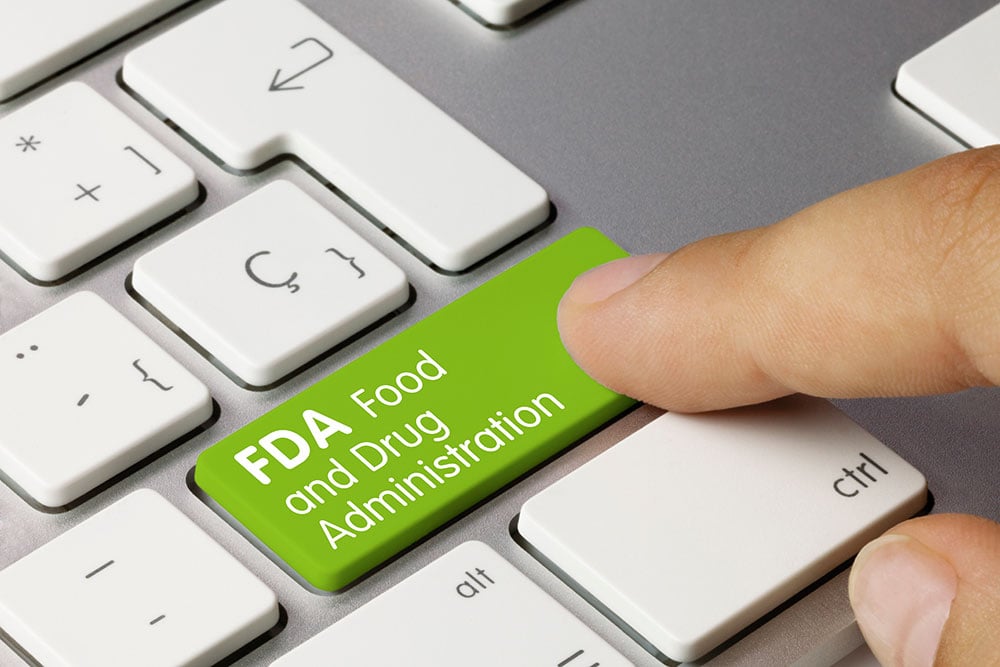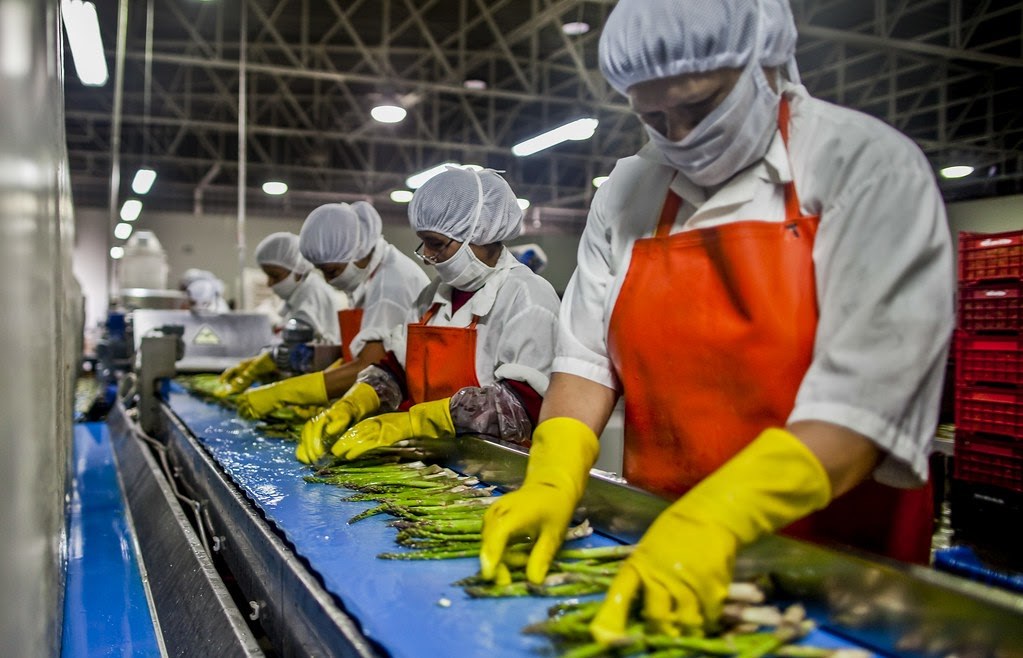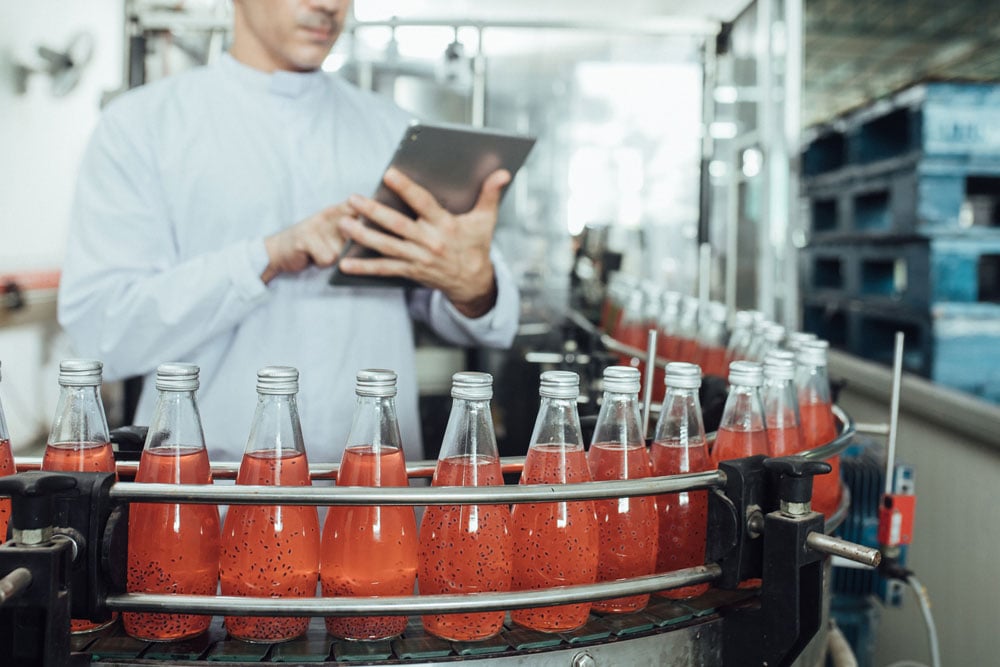Stainless steel is one of the most popular materials used in the construction of food processing facilities, from the building to the floor drains to the equipment on the production floor.
In fact, it’s pretty difficult to find FDA-approved materials other than stainless steel when it comes to equipment, preparation tables, and drainage. Hence why roughly 30% of all the stainless steel produced is used for products related to the food and beverage industry.
Here’s why stainless steel helps keep food plants, workers, and consumers safe from pathogens.
What is stainless steel?
Stainless steel isn’t actually any one type of steel, rather it’s a group of iron-based alloys that contain a minimum of 11% chromium (the FDA requires a minimum of 16%). This material is then used in the construction of much of the equipment found in food and beverage processing facilities, including tanks, slicers, preparation tables, sorters, and other mechanical processors.
It is widely used in the food and beverage industry because of its long life and the fact that it is 100% recyclable.
Why is stainless steel corrosion-resistant?
“Passivation” is the key to the long-lasting durability of stainless steel. Metal is treated or coated with a film in order to reduce the reactivity of its surface. Chromium, when included in an alloy, prevents the iron from oxidizing by forming a “passive film” over the underlying material.
Despite constant water passing over this film or bumps and scratches from tools and other uses, stainless steel remains corrosion-resistant because the chromium film is actually able to self-heal in the presence of oxygen.
This prevents the underlying iron from reacting with oxygen, caustic cleaners, and other materials and rusting or pitting, which would create places for bacteria to harbor and grow.
The type of stainless steel required will vary from facility to facility, as the corrosion resistance differs. The most common types are 304 and 316, though stainless steel with a higher chromium content may be necessary for facilities where more caustic substances are used, or where foods with a high salt content are made, as the chloride can increase chances of corrosion.
Stainless steel and temperature resistance
The very substance that prevents corrosion in stainless steel is also the one that aids in temperature resistance. The chromium layer prevents distortion due to extreme heat; the higher the chromium content, the better the heat resistance.
Stainless steels labeled in the 300 range are also ideal for environments with extremely low temperatures, making them ideal for meat and seafood processing facilities where freezing is necessary.
Stainless steel and bacteria resistance
Stainless steel is widely touted as a “bacteria-resistant” material, but there is actually nothing inherently antimicrobial about it. It’s “resistance” to bacteria lies completely within the cleaning procedures that its durability accommodates.
Stainless steel can withstand both high temperatures and caustic materials, allowing facility workers to effectively clean any equipment made from it to the point of spotlessness without damage.
Many types of stainless steel are also electrochemically polished or “electropolished,” which creates the smoothest finish possible, creating a surface with no pits or holes where bacteria might harbor and grow.
Stainless steel grades used in the food and beverage industry
The “grade” given to stainless steel is based on its chemical makeup. There are over 150 varieties of stainless steel, though only a few are used in the food and beverage industry. The two most common varieties used are 304 and 316.
304 stainless steel accounts for around 50% of all the stainless steel produced. It is a general purpose steel in the austenitic family of stainless steels, which is considered to be the most corrosion-resistant group.
304 stainless steel contains between 18 and 20% chromium, 8 to 10.5% nickel, as well as iron, manganese, carbon, and silicon. The high chromium content is what provides 304’s significant corrosion resistance.
316 stainless steel has mostly the same chemical makeup as 304, with one addition: molybdenum. This naturally occurring metal makes up about 2 to 3% of 316 stainless steel, and has one of the highest melting points of any pure element.
Its resilience provides even more corrosion resistance, particularly in applications where the steel may come into contact with more chloride-based foods and solvents. If you want extra peace of mind, or if you manufacture high-salt food products like soy sauce, 316 is the best option, though it will come at a premium.
The best for food and beverage processing
Though it may not be inherently antimicrobial, stainless steel, particularly 304 or 316 stainless steel, is one of the best materials to use in a food and beverage processing environment.
It’s easily cleaned and highly durable, able to withstand harsh, caustic chemicals and extreme temperatures without damage.
Stainless steel is the ideal material for your floor drain system, so be sure to contact a FoodSafe Drains expert today to learn more about highly durable, easy-to-clean drainage.


